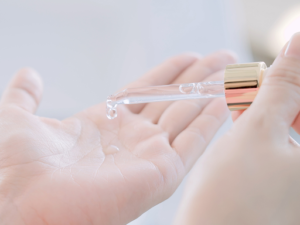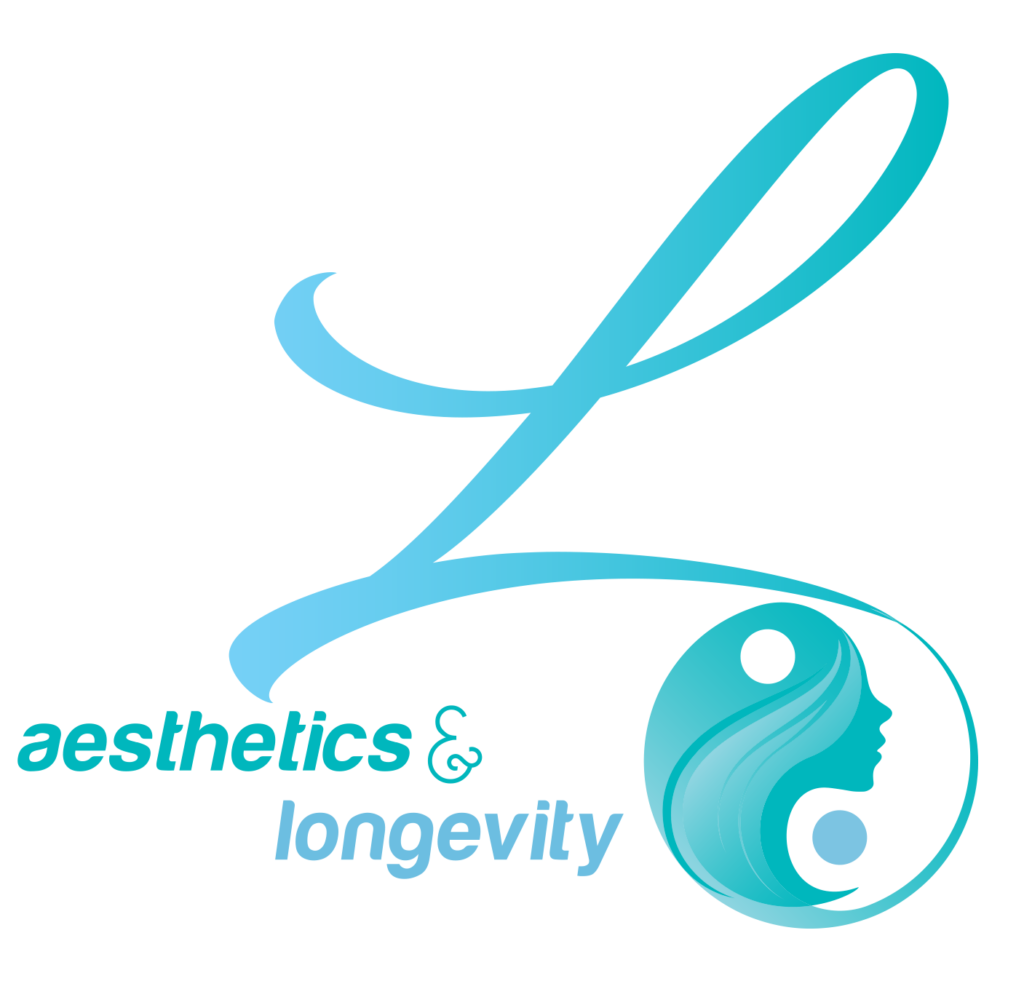Written by: Kelsie Matthews, L.E
As most of us know, it is very important to have a complete skin care routine that addresses all of our needs and concerns. One of the most vital steps in our regimen is exfoliation. Although the first thing that comes to mind when they hear that word is scrubbing your face, there is much more to it than that. There are scrubs, masks, enzymes, brushes, peels, facial treatments, and even more options for exfoliating the skin. So how do you know which one is right for you?
Scrubs and Brushes
One of the most popular methods to exfoliate the skin is physical/mechanical exfoliating. Mechanical exfoliation is the process of gently sloughing away dead skin cells from skin’s surface through motion rather than by employing the use of chemicals (for example acid). This method of exfoliation is good for all skin types. Some of the most common things to use for this are different types of scrubs or facial tools. Scrubs typically are made out of some type of particle such as jojoba beads, crystals, or gel beads mixed in with a product. My favorite physical exfoliant is the ZO Exfoliating Polish. This product has magnesium crystals which provide exfoliation benefits. It instantly polishes the skin to restore smoother texture and a healthy glow. It also removes dead skin cells to prevent clogged pores and reduce blackheads. It also has vitamin A, C, and E which provide antioxidant protection and hydration of the skin.
also has vitamin A, C, and E which provide antioxidant protection and hydration of the skin.
Another thing many people love to use for exfoliating their skin are brushes/scrubbers like the Forreo or Clarisonic. These devices are pulsating brushes typically made of bristles or a silicone material. They gently exfoliate dead skin, while providing a deep cleanse of the pores. The brushes with traditional hair-like bristles are best for more resilient/oily skin, whereas the silicone ones are best for dry and sensitive skin types. These are great for people who want to amp up their cleansing routine, as long as you follow proper sanitizing procedures to keep the brush heads as clean as possible.
Chemical Exfoliants
In addition to physically exfoliating, you can also use chemical products to exfoliate your skin. These include alpha and beta hydroxy acids, as well as enzymes. These exfoliants are acids that react with the skin, removing built-up layers of dead cells and excess oil that can cause dull skin and blemishes. Some of the most common ones used are glycolic, lactic, and salicylic acid. These come in a wide variety of products. Some are liquid peeling solutions, or they can be in serums, lotions, or cleansers. My personal favorite chemical exfoliant for at home use is the SkinMedica AHA/BHA Cleanser. This product has glycolic, salicylic, malic, and lactic acid in it. Although it sounds like a lot, it is still safe for all skin types, and does not cause physical sloughing of the skin like a chemical peel.

Another way to chemically exfoliate the skin, is with an actual chemical peel treatment. Chemical peels are acid solutions applied to the skin in layers, which causes the skin to slough off in the following days after the treatment. Check out my other post about peels to learn more about what they can do for your skin.
When do I Exfoliate?
Depending on your skin type, exfoliating should be incorporated in your routine anywhere from 1-3 times a week. The potency and type of exfoliant determines how often it should be used. Gentle exfoliating cleansers/scrubs can be used multiple times per week, whereas stronger chemical exfoliants are typically only used a couple times per month or sometimes even less (use as directed by your Esthetician or Dermatologist).
It is important to exfoliate in some form at least once per week in order to remove dead skin cells that build up on the top layer of skin, as well as cleaning out debris from the pores. When the skin is not properly exfoliated, it leads to dry, flaky, and dull skin. It can also cause premature fine lines and wrinkles. On the other end of that, over exfoliating can cause discoloration, tightness, and irritated skin. This is why it is important to talk to an Esthetician or medical provider to ensure you are exfoliating an appropriate amount for your skin type.
Here at L Aesthetics & Longevity, we like to start off our patients with a complimentary VISIA analysis and skin consultation. A customized skin care routine is built specifically for you that way all your needs are being met.
